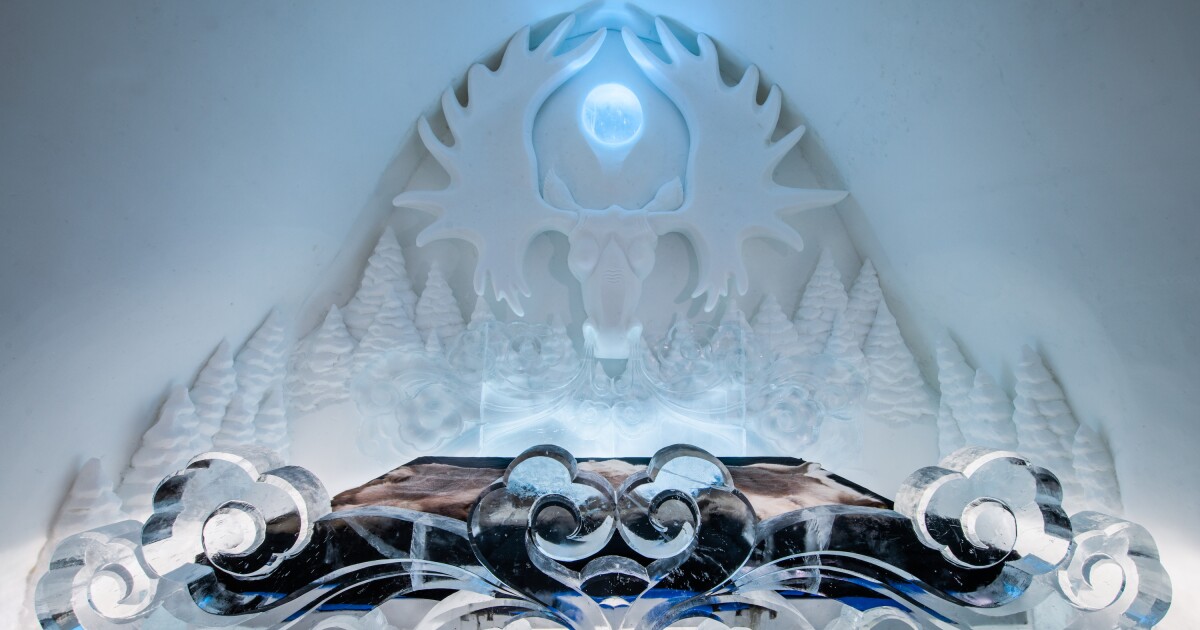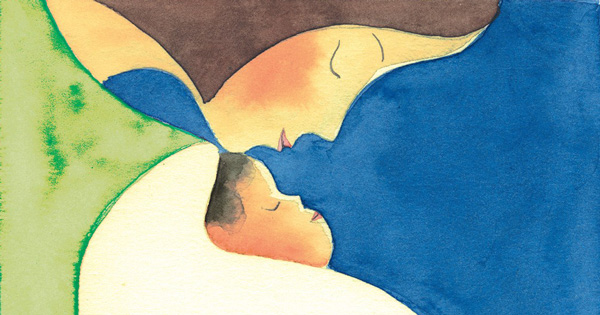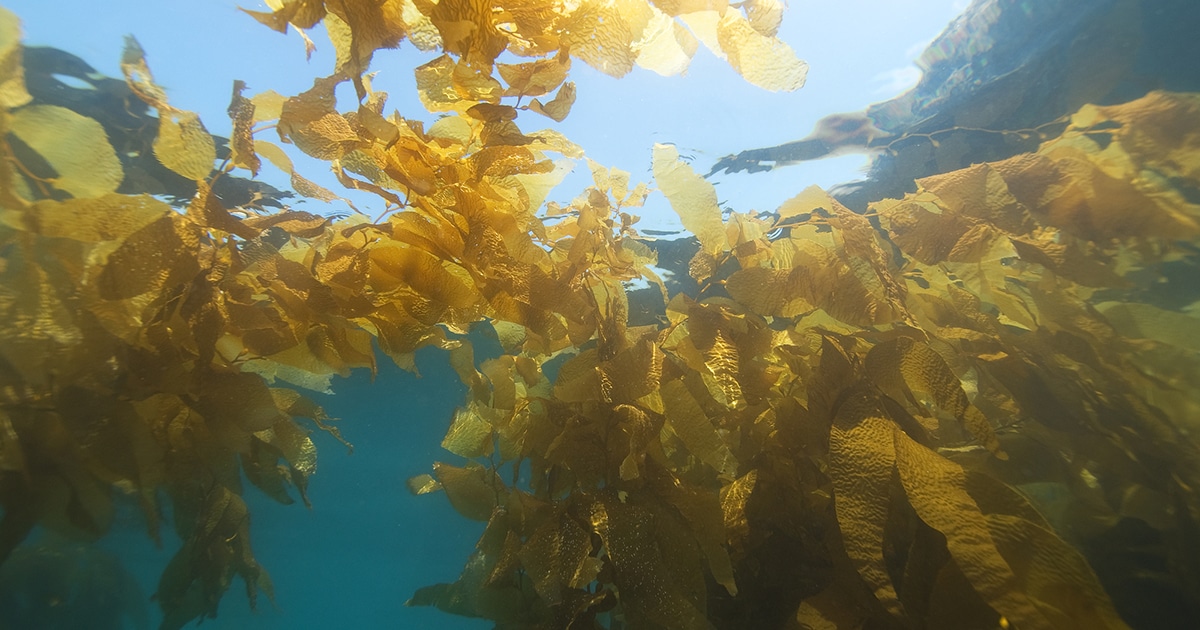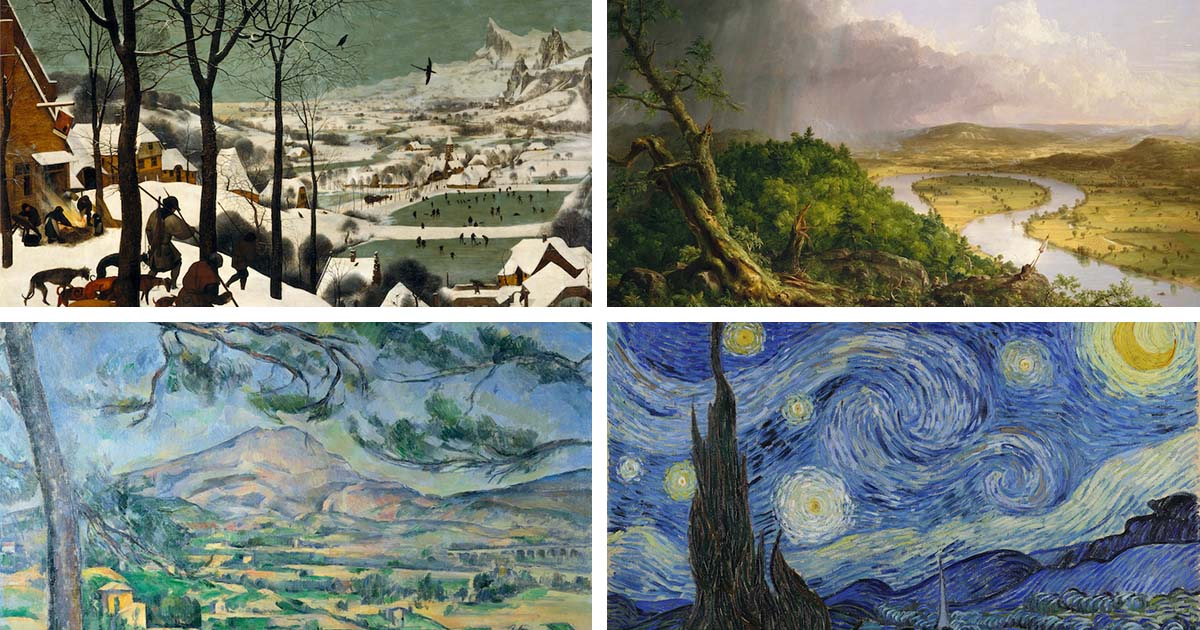- Breathing Light
- Posts
- Breathing Light Issue #53
Breathing Light Issue #53
On the bittersweet realization of the ephemeral nature of all things

In this issue
Taku Mahi Toi o Te wiki-My Image of the Week
Koorero Timatanga-Frontispiece
Photographer's Corner-on mastering your craft.
Waiata mou te Ata-Poem for the day
Fevered Mind Links (to make your Sunday morning coffee go cold)
Koorero Whakamutunga-Endpapers
My Image of the Week
Taku mahi toi o te wiki

Penstemon, Te Ana-au | Fujifilm GFX 100, GF 100-200/4
“I have relinquished all that ties me to the world, but the one thing that still haunts me is the beauty of the sky.”
Mono no aware-the awareness that everything in existence is exquisitely temporary.
There is something about photographing the natural world.Each morning, when I rise from the night's journey and step outside beyond my patio for karakia, to begin my day, I feel the air, wind, and energy of the night. I root myself down through the grass, which has much to share and allow myself to sink into Papatuuaanuku, my mother, the Earth. I feel her boundless warmth and energy, given freely and openly to every soul willing to receive.
Because each of us is part of a matrix far greater than we could possibly imagine, I attempt to reach out, connecting Her below and Him above while spreading myself out along the Earth plane. I attempt to pull down the energies from above and draw up the energies from below and blend them in my manawa (heart).
For me, this is a joyous time that will never come again and yet has always been. It is a time I hope to celebrate for as long as I follow cycles around our sun.
During the day, I will often sit on my patio, watching my wondrous cherry tree plucking the wind with its branches and making music with and from the air. A part of me wants to document that (because that is what artists do), but I have yet to find a way to do so that honours the wonder of what I am seeing and feeling. Ma te wa.When it is time.
Now, when I am wandering in a garden with my camera, I find myself seeing flowers not as labels but as music, visual notes written on a stave beyond my comprehension. I am a guest at a symphony beyond my understanding and yet one in which I am an eager participant.Of course, I am a participant. As we all are.
The great matrix is playing the symphony of All that Is.
And how joyous to have a box seat in the gods at the endless wonder of something so simple yet so complete.
Wandering in the very special garden near where I live and feeling blessed to be able to walk in a place where the plants are understood at a profound level and able to live their own lives, I will often look at the way they hang suspended in space and time. More and more, what I see are not labels (for example, penstemon ) but musical notes, tonal punctuations in a symphony at once earthly and yet eternal.
And how joyous to be able to wander amongst the orchestra of the seasons, making snapshots of the wonder of all that is, of all that was, and all that will be.The season will pass. Hine Raumati, the Summer Maid, will hand over the baton of the year to her sister, Hine Takarua, at the Autumn Equinox; however, it will be passed back to her at the Spring Equinox.
Things will change. And yet they will not.
The earth will spin. The moon will circle, and the sun will remain at the centre.
Things change.
They always change.
Change is energy.
Mono no aware. The joy of the transient impermanence of things.
Frontispiece
Koorero Timatanga

Hostas, Te Ana-au | Fujifilm GFX 100, GF 100-200/4
"I went through the thick forests of perpetual desire,
I cross the running rivers of longing.
I passed through the deserts of silent suffering,
I climbed the steep hills of continual strife.
Feeling ever some presence in the air, I asked, "are you there, my love?"
And a voice came to my ears, saying, "no, still further am I."
Atamaarie e te whaanau:
Good morning everybody.
I'm sure I have said this before, but sometimes putting this weekly missive together can be a bit of an arm wrestle. Sometimes I can feel the following week's issue pulling on me almost as soon as I've got this one out the door. At other times, it waits until the last minute before pushing me and to my office and insisting I get to work. This week's newsletter (I really have to come up with a better name for this) was one of the latter. It wasn't really going to happen until Friday morning. Then it pounced on me and insisted that I needed to write it.I'm unsure how many of you are sensitive to the moon's cycles. As you read this, we have just tipped over the edge of the full moon. All jokes about werewolves, witches and flying broomsticks aside, many of us are very sensitive to full moon energy. I know I feel it quite intensely and have trouble sleeping on the nights on either side of the full moon. I would love to hear your thoughts.Interestingly, for Maaori who follow the maramataka (the lunar calendar), this is an excellent time for planting crops. Planting them on the full moon will ensure they grow well. And curiously, when I looked at my tomato plants yesterday, I could swear they had grown overnight, putting on at least a few centimetres. However, that may be my imagination. Again, I'd be interested to hear from any of you who follow this way of doing things.Christmas and New Year here in Te Ana-au is when all the holiday homes are full and when people arrive in their utes (pickups for those of you reading this from the American continent), towing powerboats and various other water toys. From dawn to dusk, the surface of the lake is ripped and shredded by all manner of watercraft, and the mountain bike trails are positively lethal if you are walking. It's a great time to hide away and wait for the confusion to pass. I am sure that the eels and taniwha roll their eyes and either go deep or vanish up to the head of the lake's three arms. However, they are leaving and going home, returning to their jobs and lives.The peace of the mountains is already returning, and the wonder of the natural world is emerging from the shadows.
Photographer's Corner-on mastering your craft.
Your first 10 000 photos are your worst.

Echinops Ritro and resting spider, Te Ana-au | Fujifilm GFX 100, GF 100-200/4
“I have relinquished all that ties me to the world, but the one thing that still haunts me is the beauty of the sky.”
I think it was the famous French photographer Henri Cartier-Bresson who made the quote:"your first 10,000 photographs are your worst."Certainly, mastering your craft is like another famous quote:"Q. how do I get to Carnegie Hall?A. Practice, John, practice."
The great men were quite correct. The more photographs we make, the more we will be at ease with our process.Remember that there are two parts to our beloved photography; process and content. The former deals with all the various parts of making an image which fits our intention; the latter concerns itself with what is in the photograph and what we are trying to say (if anything).
In the beginning, when we take up photography, there is an amazing amount of knowledge to get our heads around. Shutter speeds, depth-of-field, ISO, and focal length, to name but a few. In the beginning, we are so involved with getting our camera to see the world the way we do that process gets in the way. Later, we will wise up and (hopefully) realise the camera will never see things the way we do; on the contrary, we must learn to see like our camera. Once we can do that, once we reach that point, then things will begin to flow much more easily and we will begin to get a higher percentage of successful images.
Inevitably a day will come when we think we have it all sorted. And we will relax. And then the mistakes will return. I once had a conversation with an old helicopter pilot (I am sure you've heard the expression; there are old pilots and bold pilots, but no old bold pilots) who pointed out to me that most pilots are at their most vulnerable when they have flown100-500, then 1000-1500 hours. If they make it past those two points without killing themselves, the odds of surviving for many more hours are far more greater. As one pilot said:"I darn nearly killed myself in both of these ranges due to my own cockiness and stupidity. I was also a lot younger, unmarried, and living a lot higher on the "thrill curve."Although you probably won't die from making photographs (unless you step over a cliff trying for the ultimate Instagram shot or walk in front of a bus in search of the ultimate street photography shot that will make you rich and famous), we can often make stupid errors. We think we have it all sorted and are confident we can, for example, choose the right shutter speed for our shooting situation. Or, because we think we have depth-of-field sorted, we make confident choices in our choice of aperture, which then turn out to have been the wrong ones. When I hear one of my students say grumpily, " I know what I'm doing, " I know they will trip and stumble.That's quite normal. We all do it. One of the reasons, I believe, is that, in our eagerness to be successful and convince everybody else (or maybe ourselves) that we have mastered our camera, we stumble over our own egos.How do I know this? Because I've been there. I was sure I had my technique down. I had mastered it. Well, I hadn't. And I haven't.You see, here's the thing. Mastery is never a destination. It's only ever a journey. Whatever you think you know, there is far more to be learnt, and you will only ever become aware of it when you are ready to move up to the next level. All the textbooks and YouTube videos will never be a proper substitute for practice.10,000 photographs? Think one hundred thousand. Or 200,000. Or half a million. The more you shoot, the more you will be ready to receive new understandings.
So how do we get there? The answer is simple.Make pictures. Make many pictures. Make even more pictures than that. My teaching partner and mentor, Freeman Patterson, advises students at his workshops to shoot at least fifty pictures every day. It doesn't matter if you only keep one or two, as long as you are doing it.
And here is something I've never seen written down. When you change your camera, even within the same ecosystem or switch to another brand, expect your technique to go backwards for a time. If you've been shooting with a twenty-five-megapixel camera and move up to a forty-five-megapixel, then expect your technique to suffer for a while. When you upgrade the resolution, you must upgrade your technique and maybe your equipment.There are no free lunches. In a way, you start all over. And the fastest way to get past the increased number of unsuccessful shots is to make more pictures.I learned that a long time ago. Whenever I get a new camera, I reckon it takes me at least a thousand images (if I'm lucky) before I begin to get the most out of it.
I've been shooting with the extraordinary Fujifilm GFX 100 on and off for about a year now. To my mind, it is the best of all Fujifilm's medium format cameras, even though it is nearly four years old. Because it is a loaner and not my daily drive (I wish!), I have struggled to get pictures that fulfil the promise of its incredible sensor. I know the sensor is capable of gobsmacking detail, but I've never been able to quite nail what I know it can do. It's the Porsche 911 of cameras. Anyone can drive one, but driving one well takes time.
Yesterday, knowing I needed to make new work for the newsletter, I visited a friend's garden. With thirty minutes to spare, I went walkabout with the camera. Somehow, photographing flowers with this camera is rather like cracking a nut with Thor's hammer.I didn't have a macro lens, so I used the 100-200 zoom lens at the minimum focus distance. I made perhaps four pictures of the Echinops Ritro (Thistle). Three of them are marginally out of focus, but the fourth is absolutely on the money. When I punched it up to 100% in review, I was gobsmacked by the colours in each of the spikes.Spray and walk away.
Of course, it was only when I opened the file on my computer that I realised the camera had wrapped itself around something exquisite that my human eyes could never have seen.
There, resting on a leaf just below and to the left of the seed head, was a small spider fast asleep, waiting for its next meal to come along. (I have included a 95% crop from the frame at the bottom of the section so you can enjoy the spider too).Perhaps I am finally getting the hang of this camera. It has the capacity to show me things my naked eye cannot. And how glorious and joyous is that?
Actually, is that one of photography's greatest joys? The ability of our camera to show us our world in a way that our eyes cannot?

.
Waiata Mou Te Ata-Poem For the Day
On Children

Santolina, Cotton Lavender, Te Ana-au | Fujifilm GFX 100, GF 100-200/4
“Words are not meant to stir the air only: they are capable of moving greater things.”
This week, thinking of what I could put in the section of the newsletter, I couldn't find a poem inside myself.It happens.Then, as if in answer to a silent prayer for inspiration, I came across this poem from the Sufi poet Kahlil Gibran's work, The Prophet. It seemed a perfect fit for the theme of this newsletter.
On Children
Kahlil Gibran - 1883-1931
And a woman who held a babe against her bosom said, Speak to us of Children.
And he said:
Your children are not your children.
They are the sons and daughters of Life’s longing for itself.
They come through you but not from you,
And though they are with you yet they belong not to you.
You may give them your love but not your thoughts,
For they have their own thoughts.
You may house their bodies but not their souls,
For their souls dwell in the house of tomorrow, which you cannot visit, not even in your dreams.
You may strive to be like them, but seek not to make them like you.
For life goes not backward nor tarries with yesterday.
You are the bows from which your children as living arrows are sent forth.
The archer sees the mark upon the path of the infinite, and He bends you with His might that His arrows may go swift and far.
Let your bending in the archer’s hand be for gladness; For even as He loves the arrow that flies, so He loves also the bow that is stable.

Fevered Mind Links (to make your Sunday morning coffee go cold)
End Papers
Koorero Whakamutunga

Fennel, Te Ana-au | Fujifilm GFX 100, GF 100-200/4
“We Orientals tend to seek our satisfactions in whatever surroundings we happen to find ourselves, to content ourselves with things as they are; and so darkness causes us no discontent, we resign ourselves to it as inevitable. If light is scarce, then light is scarce; we will immerse ourselves in the darkness and there discover its own particular beauty. But the progressive Westerner is determined always to better his lot. From candle to oil lamp, oil lamp to gaslight, gaslight to electric light—his quest for a brighter light never ceases, he spares no pains to eradicate even the minutest shadow.”
On simply being
I live on a back section, off a cul-de-sac off a cul-de-sac off a cul-de-sac. So if you didn't know where I live, you would not know where I live.And that suits me just fine.It's a very peaceful place, sheltered from major winds and storms, where I have time to simply be, study the plants and insects in my garden, and learn from them. Then, each morning, when I rise, I have the luxury of looking at the mountains, feeling the air and, if I get up early enough, watching the stars cycling across the underbowl of the night.I don't get many visitors, and that is just fine. However, it's a cause for pause and celebration when they come.This week a friend came to visit. He was on a grand photographic safari around the country, making pictures of the places and buildings that make this country so unique. It's his way of having a holiday. When he walked into my garden, which I tend to take for granted, he commented on how peaceful it was. Then he explained that he and his wife live in a two-bedroom apartment in a block of eight in Auckland. The little two-bedroom I rent entranced him, and he wandered around for a time, looking at the garden. All I could do was cringe at its jungly-ness and try not to see weeds that really needed to be sorted.We talked for a couple of hours, and then he went on his way.It did get me thinking about how much we take for granted.
Last week, Another precious friend asked me what brings me joy and peace. When I reflected upon this, I realised that happiness for me at least doesn't lie in aspiring to own piles of stuff which I cannot take with me when it is my time to go.
And every day, if we choose to accept nature's gifts, given freely and daily at no charge, then surely we are wealthy where it matters.
As always, walk gently upon our Mother and be kind to each other.He mihi arohaa nunui ki a koutou katoa
Much love to you all,












Reply